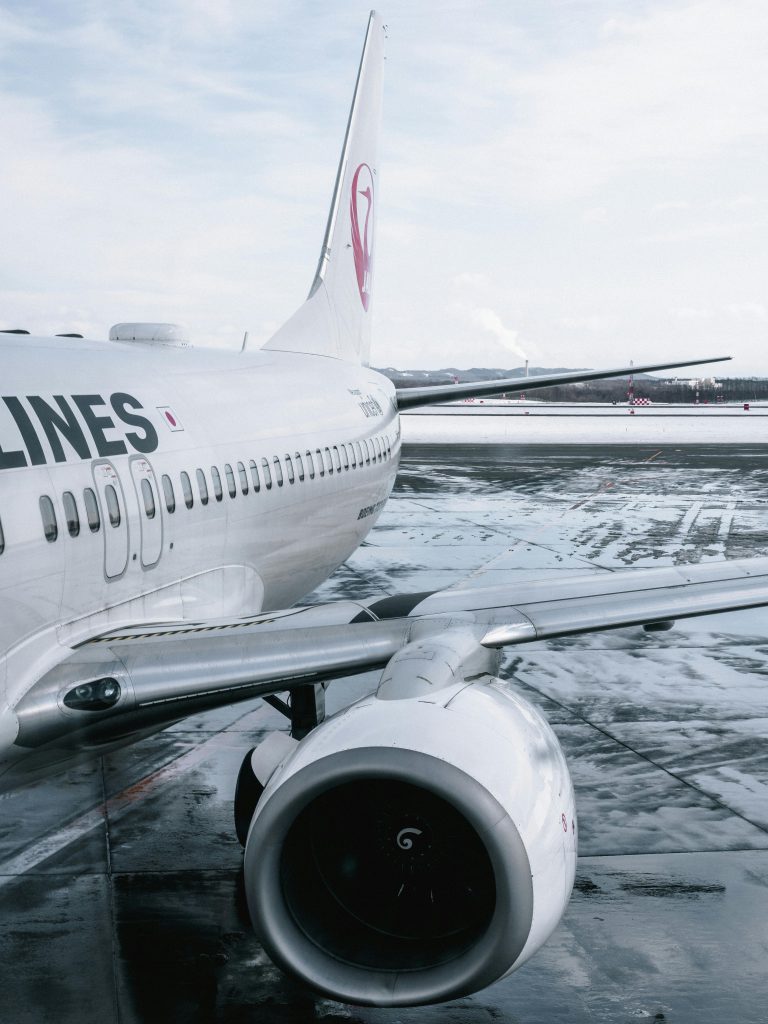
Synchro-operationality aims to create a cohesive and efficient operational environment where all elements work in harmony. This not only enhances the overall performance of the airline but also significantly improves the passenger experience by reducing delays, increasing reliability, and ensuring safety. In the fast-paced and highly competitive world of aviation, airlines are constantly seeking innovative ways to enhance efficiency and profitability. One emerging concept that promises to revolutionize the industry is “synchro-operationality.” This approach, which emphasizes synchronized airline operations across all facets of airline management, holds the potential to transform the way airlines operate, leading to significant gains in both efficiency and profitability.
What is Synchro-Operationality?
Synchro-operationality is the seamless integration and synchronization of all operational aspects of an airline. It involves the coordination of various departments, including flight operations, ground handling, maintenance, customer service, and administrative functions, to work in perfect harmony. The goal is to eliminate silos, reduce inefficiencies, and create a streamlined, cohesive operational environment.
Key Components of Synchro-Operationality
- Integrated Communication Systems: At the heart of synchro-operationality is a robust communication infrastructure that ensures real-time information sharing among all departments. This enables swift decision-making and immediate response to any operational disruptions, enhancing overall efficiency.
- Data-Driven Decision Making: Leveraging advanced data analytics and artificial intelligence, airlines can gain valuable insights into operational performance, identify bottlenecks, and predict potential issues before they arise. This proactive approach allows for more effective planning and resource allocation.
- Collaborative Culture: Synchro-operationality requires a cultural shift towards collaboration and teamwork. Encouraging open communication and fostering a collaborative environment helps break down barriers between departments, ensuring everyone is working towards common goals.
- Continuous Improvement Processes: Implementing continuous improvement methodologies, such as Lean and Six Sigma, helps airlines systematically identify and eliminate inefficiencies. This ongoing process ensures that operations are constantly evolving and improving.
- Advanced Technology Integration: Utilizing cutting-edge technology, such as Internet of Things (IoT) devices, predictive maintenance tools, and automated systems, enables airlines to streamline operations and reduce manual interventions. This not only enhances efficiency but also reduces the risk of human error.
Benefits of Synchro-Operationality
Increased Efficiency
By synchronizing airline operations can significantly reduce turnaround times, minimize delays, and optimize resource utilization. For instance, real-time communication between ground handling crews and flight operations can ensure that aircraft are serviced and prepared for departure more swiftly, reducing idle time on the tarmac.
Enhanced Customer Experience
A synchronized operational approach leads to smoother, more predictable flight schedules and fewer disruptions. This translates to an improved passenger experience, with fewer delays and more reliable service. Happy customers are more likely to become repeat customers, driving long-term profitability.
Cost Savings
Efficiency gains directly translate into cost savings. Reduced turnaround times, optimized fuel usage, and minimized delays can significantly lower operational costs. Additionally, predictive maintenance can help prevent costly repairs and extend the lifespan of aircraft components.
Competitive Advantage
Airlines that successfully implement synchro-operationality gain a competitive edge in the market. They can offer more reliable, efficient, and cost-effective services, attracting more passengers and potentially commanding higher fares.
Real-World Applications
Several airlines have already begun to embrace the principles of synchro-operationality, with notable success. For example, Delta Air Lines has invested heavily in data analytics and integrated communication systems, leading to a significant reduction in delays and operational disruptions. Similarly, Emirates has leveraged advanced technology and a collaborative culture to streamline its operations, resulting in enhanced efficiency and profitability.
Conclusion
Synchro-operationality represents a paradigm shift in airline operations, offering a comprehensive solution to the challenges of efficiency and profitability. By fostering a culture of collaboration, leveraging advanced technology, and embracing data-driven decision-making, airlines can achieve unprecedented levels of operational efficiency. As the aviation industry continues to evolve, synchro-operationality will undoubtedly play a crucial role in shaping the future of airline operations, ensuring that airlines remain competitive and profitable in an increasingly demanding market.






Gracias por el contenido. Me surge una pregunta: ¿cómo aplicarías esto en situaciones cotidianas?